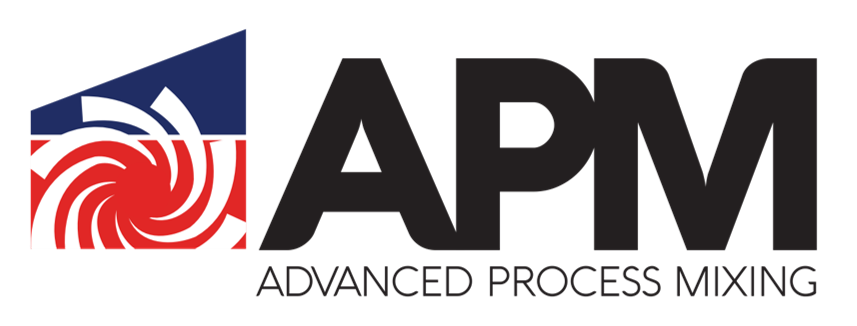Previously Well Known as
“Revolmix Processing Ltd.”
Leader in process mixing
When people talking about payback or return on investment (ROI), they think about the capital cost and energy saving. In fact, the largest ROI is the process performance improvement.
It is vital that every process operation be optimised to achieve maximum efficiency and sustainability. Typical mixing system costs less than 8% of a process unit. However, mixing efficiency will result in system performance down to -50% or up to +30% .
It is estimated that even 1% production increase will payback the mixing system investment. That’s why process engineers have been looking for advanced mixing technology to improve the process performance for a long time.
We invented and patented High Performance Centrifugal Disperser HPCD™ to satisfy the mixing requirements of advanced industrial processes and solve the mixing problems caused by conventional mixers. Since then it has become the industrial standards and solution to process mixing challenges.
HPCD™ raised the technical level of the mixing industry. Precise mixing control and more complicated process mixing become possible. More challenging process objectives can be achieved now.
Superior energy efficiency and mixing efficiency. Unlike conventional mixers, HPCD™ creates unique Tornado-like flow pattern with superior solids suspension capacity. They disperse particles with fireworks-like ideal mixing with the highest mixing efficiency.
HPCD™ maximizes the performance of your multi-million dollar system with multiple fold payback of your investment.
Advantages of HPCD
Advanced processes require much more than getting a motion in liquid by conventional mixers. Process engineers expect high performance mixing to meet the process objectives. Process Performance/production can be Improved by 20~40% with HPCD™ Advanced Mixing:
- No vortex formation, no air/Oxygen drawdown/transferring for anoxic/anaerobic reactions.
- Surface turbulence stimulates oxygen transfer. The mere presence of 0.2 mg·L−1 of DO can theoretically lower the denitrification rate up to 40%.
- DO will prevent fragmentation of rbCOD to acetic and propionic acid. It could serve as electron acceptor for PAOs and other organisms that will metabolize the VFA and so deprive the PAOs of the substance that they need to store for growth and phosphorus removal.
- Surface disturbance that entrains Oxygen prevent water from creating deep anaerobic condition which is the most important parameter for optimal EBPR which needed by a diversity of PAOs ( James Barnard, 2017)
- Dispersing, not Stirring. Flow pattern like the moving of a school of fish does not mixing. Process engineers are looking for dispersion to effectively 1) blend of MLSS of two or more streams. 2) make contact of bacteria with nutrients.
- Precise Shear Control. Over or under shearing will cause process upset.
- Aerobic Granular Sludge (AGS) process requires moderate shear for granules formation. However, high shear will damage granules.
- Controlled shear to expose inner floc and active microbes to rbCOD and nitrate while not breaking the flocs.
- Coagulation requires sufficient contact of solids and coagulants. Flocculation requires specific velocity gradient ( the G value) for large flocs.
- Superior solids suspension. The bioreactors and anaerobic digesters are built for process production not for solids storage. The settling velocity of AGS granules is over 30 times higher than that of typical AS flocs. Prevent solids settlement will maximize system performance.
- Energy efficiency. Input energy to meet process objectives with the least amount of energy.
- Thrust is for boat pushing. What parameters should be used for mixing efficiency evaluation.
